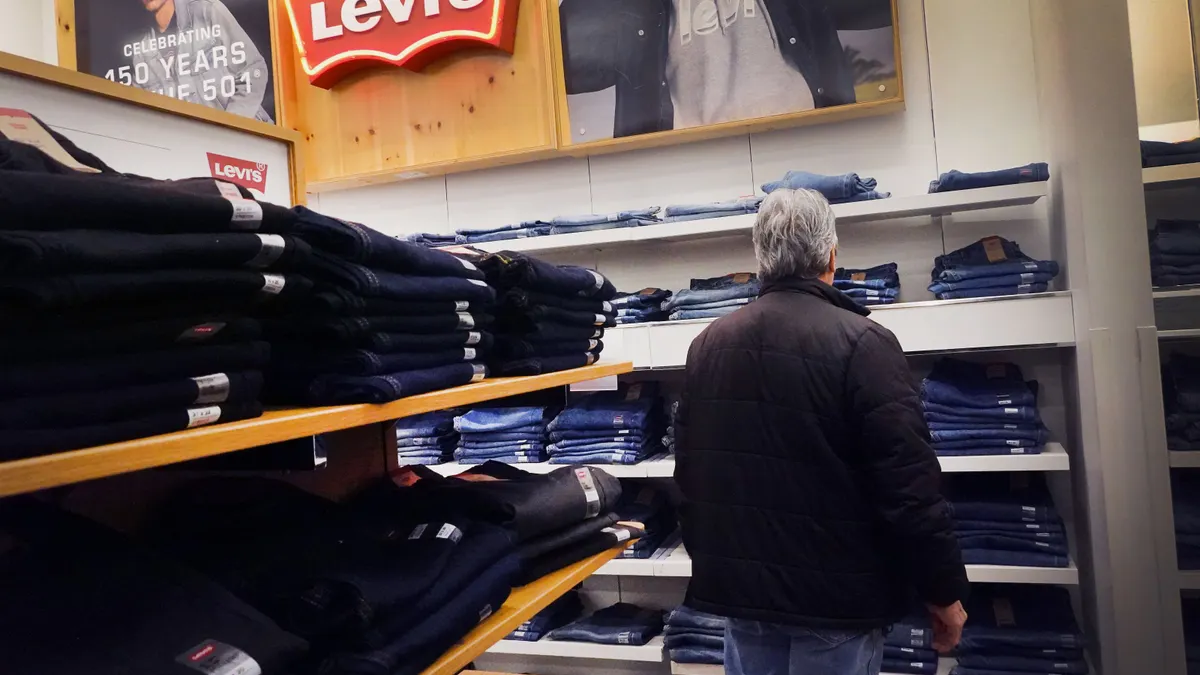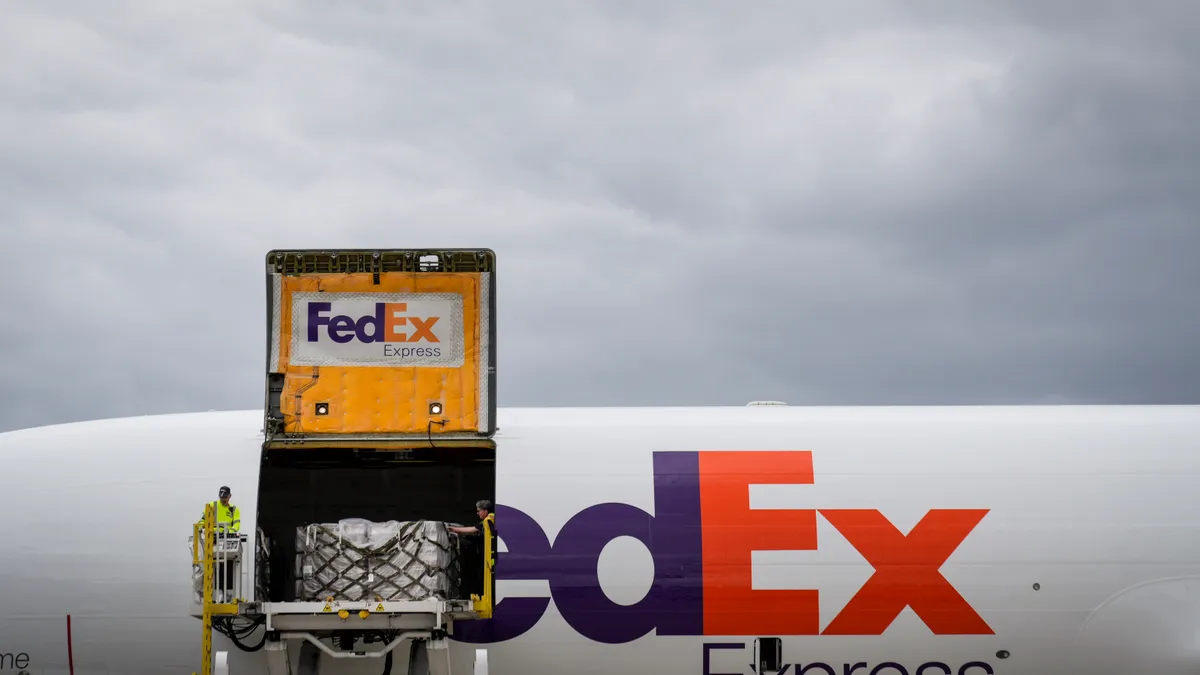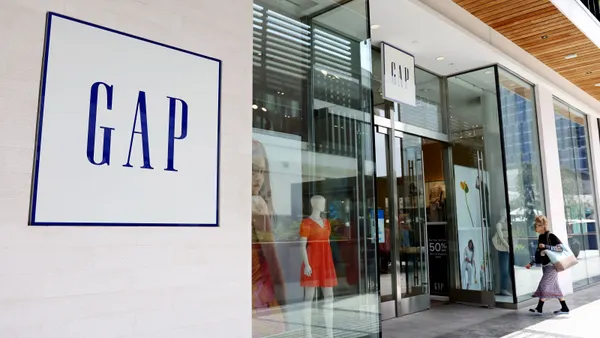Dive Brief:
- Levi Strauss & Co. reported a 15% increase in inventory costs at the end of Q2 as it navigated global supply chain upheavals, such as ongoing tariff uncertainty and disruptions in the Red Sea, EVP and Chief Financial and Growth Officer Harmit Singh said on a July 10 earnings call.
- The apparel maker is also utilizing promotion optimization, targeted pricing actions, vendor negotiations and supply chain diversification as tariff mitigation initiatives, according to Singh.
- “Looking beyond '25, should tariffs remain in place at these levels, given our transformation initiatives, which provides us multiple levers, we believe we are better positioned than most to manage through this uncertainty,” Singh said.
Dive Insight:
Levi’s is stockpiling inventory as a short-term buffer against U.S. tariffs while fortifying its operations to ensure resiliency in the long term.
Singh said about half of the additional inventory brought in last quarter will support holiday sales, contributing to an industry-wide trend toward earlier peak season shipping in response to looming country-specific tariffs from the Trump administration. The remaining inventory increase was made to navigate other disruptions, including market buybacks in Colombia and Malaysia.
The company’s mitigation efforts appear to be paying off, with Levi’s now expecting a 1% to 2% revenue increase in 2025. The jeans maker previously said it expected a 1% to 2% decline.
Looking beyond 2025, Levi’s is confident that its larger company transformation initiatives, including those for its supply chain, will further buttress it against logistical and operational hurdles.
The transformation, driven by the apparel giant’s shift to a direct-to-consumer focus, includes a consolidation of its distribution center footprint. Levi’s sold an Ohio facility in Q2 for $22 million and recently announced plans to close a site in Kentucky. The consolidation comes as Levi’s shifts from an owned and operated distribution model to one that features a mix of owned and third-party centers.
“Strategically, the transformation we are making to our DC network enables us to establish a more hybrid footprint, which will improve service levels and optimize distribution costs, supporting our evolution to a DTC-first denim lifestyle leader,” Singh said.
Furthermore, Levi’s is undergoing “a massive effort” to ensure a more globally directed assortment while reducing nonproductive SKUs as part of its DTC push, CEO Michelle Gass said.















